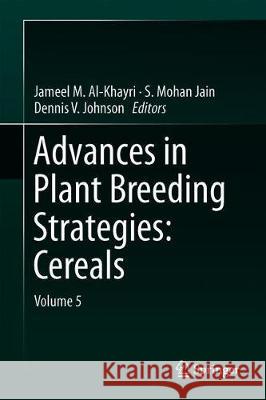Advances in Plant Breeding Strategies: Cereals: Volume 5 » książka
topmenu
Advances in Plant Breeding Strategies: Cereals: Volume 5
ISBN-13: 9783030231071 / Angielski / Twarda / 2019 / 603 str.
Advances in Plant Breeding Strategies: Cereals: Volume 5
ISBN-13: 9783030231071 / Angielski / Twarda / 2019 / 603 str.
cena 803,21
(netto: 764,96 VAT: 5%)
Najniższa cena z 30 dni: 771,08
(netto: 764,96 VAT: 5%)
Najniższa cena z 30 dni: 771,08
Termin realizacji zamówienia:
ok. 22 dni roboczych.
ok. 22 dni roboczych.
Darmowa dostawa!
Kategorie:
Kategorie BISAC:
Wydawca:
Springer
Język:
Angielski
ISBN-13:
9783030231071
Rok wydania:
2019
Dostępne języki:
Ilość stron:
603
Waga:
0.99 kg
Wymiary:
23.88 x 16.0 x 2.79
Oprawa:
Twarda











